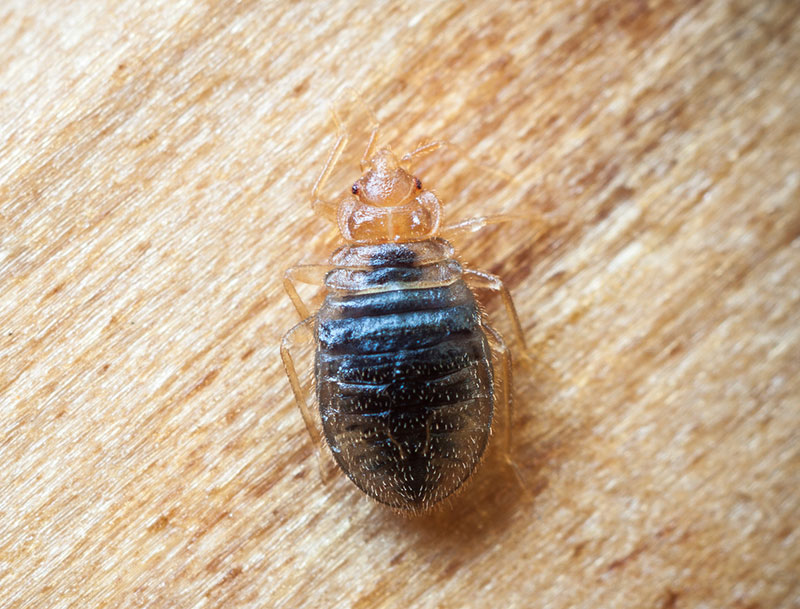
Bed bugs have been making other creatures’ lives miserable a long time — scientists report they’ve found the oldest known remains of relatives of bed bugs in a cave in southern Oregon.
The specimens of three species from the genus Cimex are between 5,100 and 11,000 years old, the researchers said. They were found in a cave near Paisley, Ore. — the site of some of the oldest known evidence of human activity in North America.
Previously, the oldest known Cimex remains were 3,500 years old. They were found in Egypt in 1999.
The newly discovered remains are “not the bed bug we all know and love from hotel rooms,” study co-author Martin Adams, of Paleoinsect Research, said in a news release from the Entomological Society of America.
The three species found in the Paisley Five Mile Point Caves are all thought to be parasites of bats, he explained.
The two bed bug species that target people today are widely believed to have adapted to feeding on humans thousands of years ago when sharing caves with bats in Europe, Asia and Africa. It’s unclear why the three species found in Oregon did not make that jump, the researchers said.
The research was published online April 4 in the Journal of Medical Entomology.
“Were the [Cimex] populations too small to establish themselves outside the caves, or were the host populations too small?” Adams asked in a journal news release.
“Given that Paisley Caves was only a seasonal occupation area for human hunter-gatherers,” he added, “did the humans move around too much, or were the bugs not able to withstand the environment outside the caves for very long? Or, were there other constraints involved? I’m working on these last few archaeological questions right now.”
More information
The U.S. Centers for Disease Control and Prevention has more on bed bugs.
Source: HealthDay

Leave a Reply